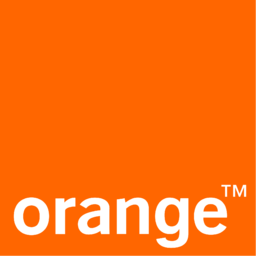
P/E ratio for Orange (ORAN)
P/E ratio as of April 2024 (TTM): N/A
According to Orange's latest financial reports and stock price the company's current price-to-earnings ratio (TTM) is 0. At the end of 2008 the company had a P/E ratio of 18.0.
P/E ratio history for Orange from 2001 to 2010
PE ratio at the end of each year
| Year | P/E ratio | Change |
|---|---|---|
| 2008 | 18.0 | 70.42% |
| 2007 | 10.5 | -23.68% |
| 2006 | 13.8 | 54.61% |
| 2005 | 8.93 | -57.84% |
| 2004 | 21.2 | 44.55% |
| 2003 | 14.7 | -1807.83% |
| 2002 | -0.8582 | -83.22% |
| 2001 | -5.11 |
P/E ratio for similar companies or competitors
| Company | P/E ratio | P/E ratio differencediff. | Country |
|---|---|---|---|
 Microsoft MSFT | 35.9 | N/A | 🇺🇸 USA |
 Vodafone VOD | N/A | N/A | 🇬🇧 UK |
 Telefónica TEF | 15.5 | N/A | 🇪🇸 Spain |
 Mobile TeleSystems MTSS.ME | 9.34 | N/A | 🇷🇺 Russia |
How to read a P/E ratio?
The Price/Earnings ratio measures the relationship between a company's stock price and its earnings per share. A low but positive P/E ratio stands for a company that is generating high earnings compared to its current valuation and might be undervalued. A company with a high negative (near 0) P/E ratio stands for a company that is generating heavy losses compared to its current valuation.
Companies with a P/E ratio over 30 or a negative one are generaly seen as "growth stocks" meaning that investors typically expect the company to grow or to become profitable in the future.
Companies with a positive P/E ratio bellow 10 are generally seen as "value stocks" meaning that the company is already very profitable and unlikely to strong growth in the future.